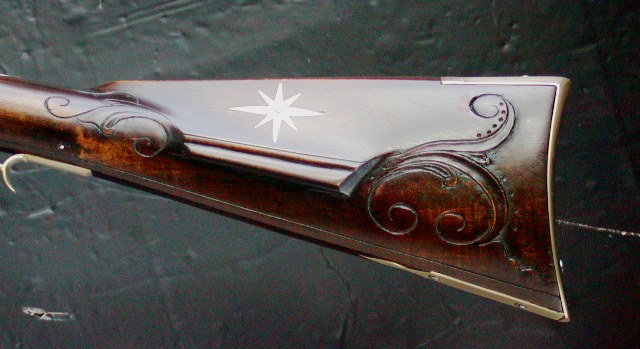- Joined
- Sep 13, 2020
- Messages
- 810
- Reaction score
- 1,187
Hi all....Looking for recommendations on first inlay projects...
I am slowly picking away at my Kibler Colonial. I am happy to keep it simple with out any carvings, etc. thinking its beautiful lines speak for itself, but as more time goes on, I would really like to give it a simple appropriate inlay. I have always been partial to the hunters moon, or a simple hunters star.
A couple questions....First, was it ever done to pin a piece without inlaying it? I seem to recall having seen some pieces done as such, but how common was it? can it look decent and appropriate?
2nd, If inlayed, are there particular designs that are easier/more forgiving for a novice to tackle? Of course, the smart thing to do is to get a design and practice first, of course.
Thanks for any thoughts
I am slowly picking away at my Kibler Colonial. I am happy to keep it simple with out any carvings, etc. thinking its beautiful lines speak for itself, but as more time goes on, I would really like to give it a simple appropriate inlay. I have always been partial to the hunters moon, or a simple hunters star.
A couple questions....First, was it ever done to pin a piece without inlaying it? I seem to recall having seen some pieces done as such, but how common was it? can it look decent and appropriate?
2nd, If inlayed, are there particular designs that are easier/more forgiving for a novice to tackle? Of course, the smart thing to do is to get a design and practice first, of course.
Thanks for any thoughts












